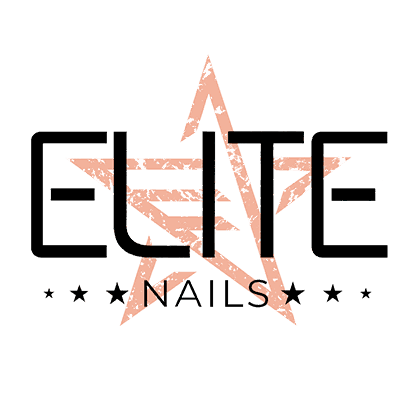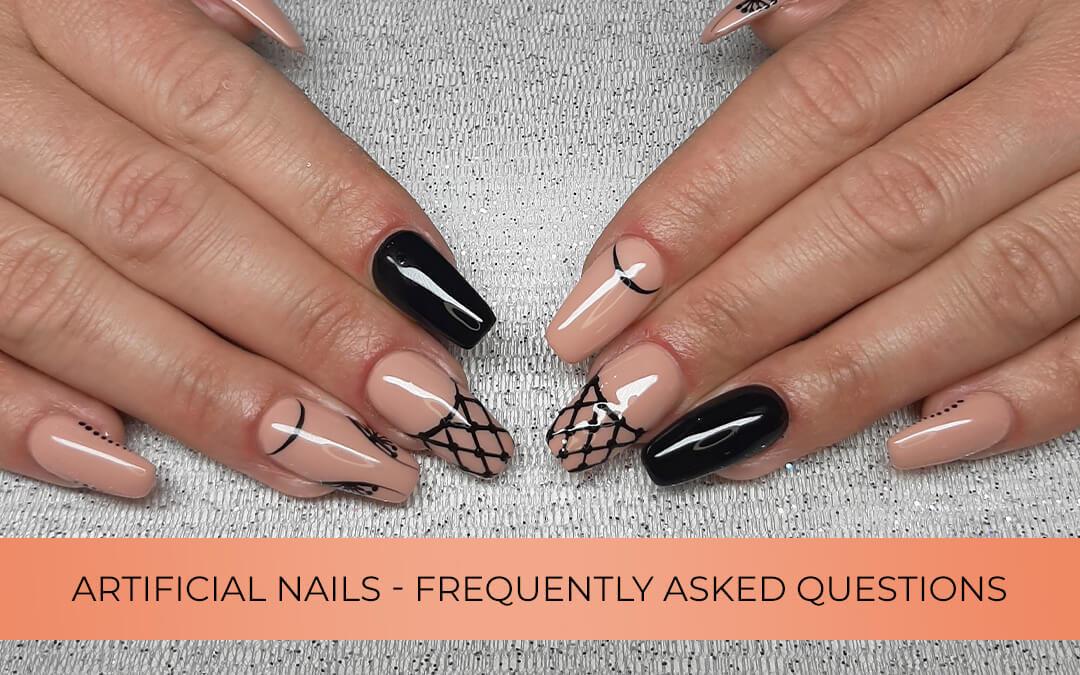Artificial Nails – Frequently Asked Questions
When it comes to building artificial nails, there are often questions that are very important for you to make a well informed choice. In addition to the health of your nails, the look of them also determines your everyday mood. That’s why I’ve just gathered the frequently asked questions about artificial nails and I’ll answer these.
Artificial nails frequently asked questions:
What is a gel artificial nail?
This is one of the frequently asked questions about artificial nails. The gel is an easy-to-handle, pre-blended material that binds to UV light. It is made with building gel and templates, it is a flexible material and resembles gel lacquer, which is why many people like it more than acrylic nails. While making the gel artificial nail, all applied layers should be bonded under the UV lamp.
What is the difference between acrylic nails and gel artificial nails?
There are plenty of differences between acrylic nails and gel artificial nails that you should know about before you choose. If you’re curious about the details, read my previous comparative post:
What is the difference between an artificial nail and a tip?
Artificial nails are an extension of your own natural nail, with a construction template and acrylic nails or gel. In the case of tip artificial nails, prefabricated and molded plastic molds are glued to the nail, which are decorated. However, tip artificial nails are difficult to machine, less durable, and can also damage the nail plate when removed.
What is the difference between gel polish and artificial nails?
Gel polish is a stronger and more durable polish painted on your own nails, while artificial nails are a built-in layer that can be shaped and painted after construction. The essential difference, then, is that the gel polish is located directly on the nail, while the artificial nail is built on your nail, so that the length and shape of your nail can also be changed by it.
If you want to read more about the difference between gel polish and artificial nails, check out my previous blog post on the subject:
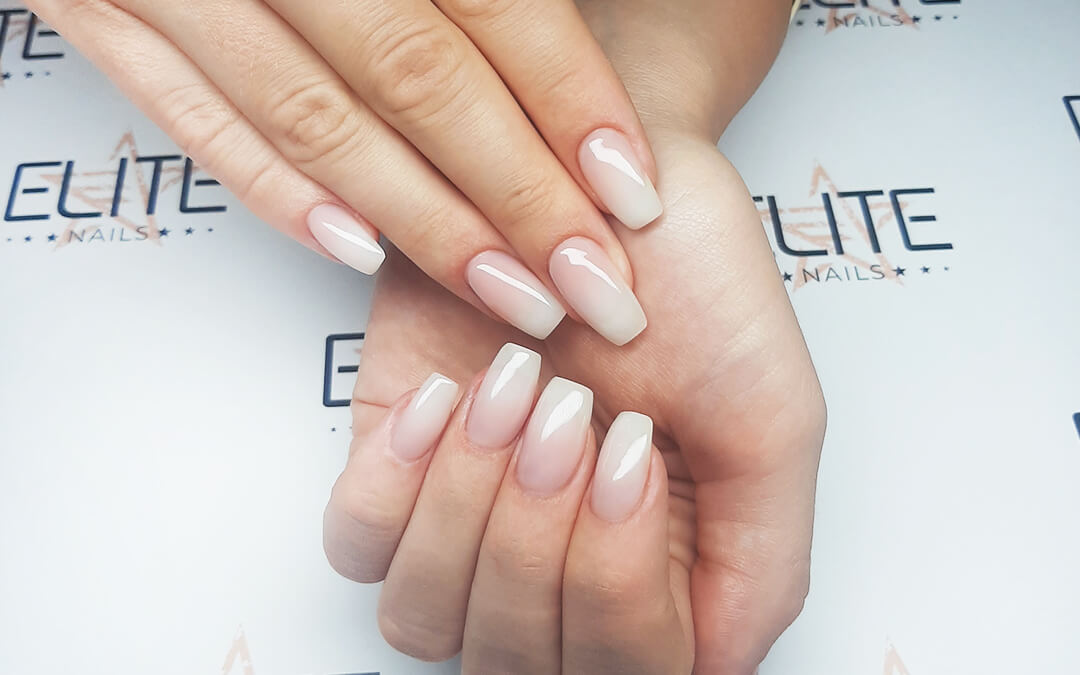
What are velvet artificial nails?
The velvet top gel gives the artificial nail a matte and grainy effect reminiscent of the look of velvet material. Can be applied to any color.
How artificial nails are made?
I have previously written a more detailed article on making artificial nails. If you want to know step by step the process of making artificial nails, read my post:
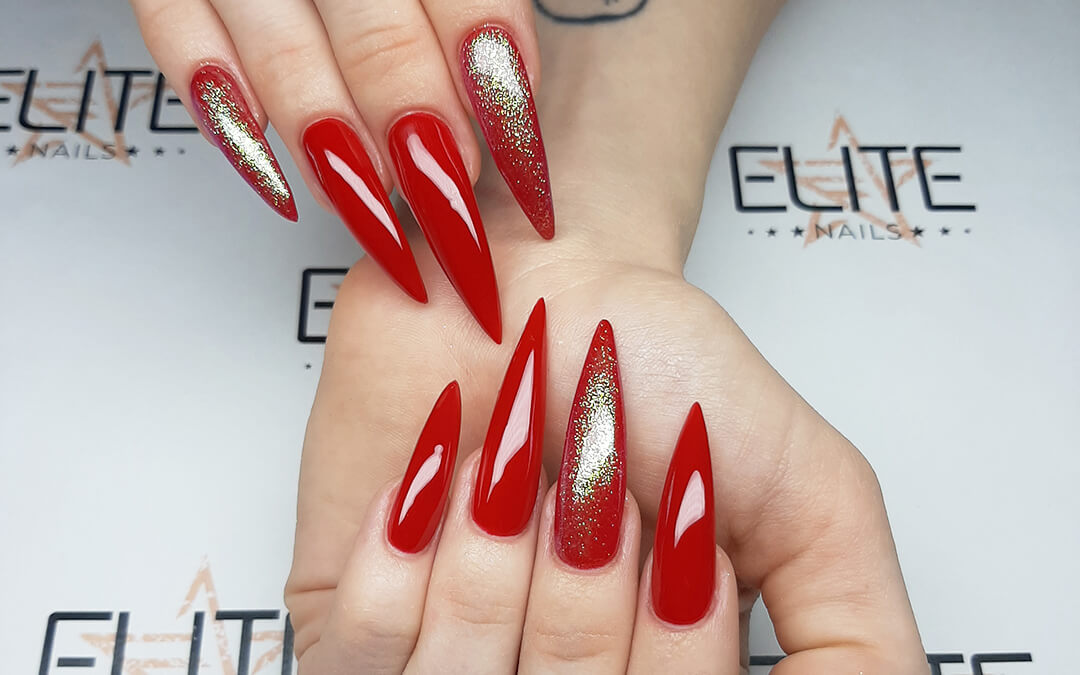
What do you need to make artificial nails?
To make the gel artificial nail, you first need the supplies for the preparation process.
These include:

disinfectant and preparation liquids

skin solvent liquid

cuticle pusher

180 file

dusting brush

cuticle scissors
And to prepare it you need:

UV / LED lamp

template, that used as a base during construction

building and base gel

colored gel

light or cover gel

and a fiber-free wipe and fixative fluid for fixation
What do you need for gel artificial nails to build at home?
This is one of the frequently asked questions about artificial nails. In addition to the materials needed to prepare the gel artificial nail at home, you need:

UV / LED lamp

template

template cutting scissors

building and base gel

light or cover gel

gel brush

colored gel

fixation liquid

fiber-free wipe for fixation

silk fiber to correct any mistakes
How is a gel artificial nail made?
The length and shape of the gel artificial nail is first formed with the building gel and the building template. Then this is bound and filed under the UV lamp.
After preparing the base, apply the colored gel in thin layers, making sure to knit the gel under the lamp after each layer!
The next step is to apply a layer of transparent top gel, which binds and seals each layer. This is followed by fixation, with a fiber-free wipe and fixative fluid, which makes the surface of the gel artificial nail smooth and firm.
How to use artificial nail building gel?
As a first step, apply the building template and shape it. After that apply the building gel to create the desired length and shape of the artificial nail – this is called the base layer – and then set it under the UV lamp. The base layer is then filed into a shape and a thicker layer of gel is then applied to form the “C” arc.
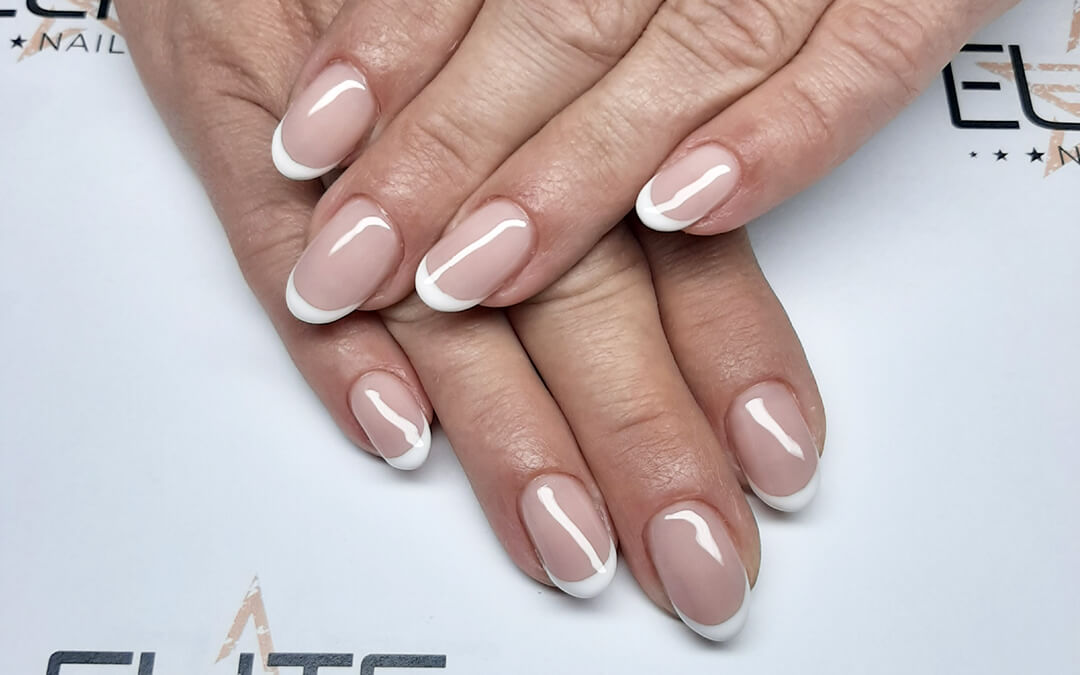
What do you need for artificial nails construction?
The tools needed for artificial nail construction are the following preparation tools: cuticle pusher stick, degreasing liquid, skin solvent liquid, 180 file, dusting brush, cuticle scissors, nail prep and primer.
Materials used for building: building and base gel, cover gel, fixation liquid, colored gel, building and colored acrylic powder, liquid.
The tools needed for the construction are the template, the template cutting scissors, acrylic or gel brush, UV/LED light if we’re building a gel artificial nail, fiber-free wipe, silk fiber, a harder and a softer file, and in the case of acrylic nails a buffer a polisher.
What do you need for acrylic nails?

Disinfectant liquid

Skin solvent liquid

Degreasing liquid

Primer

Cuticle pusher stick

Dusting brush

File

Buffer
Tools needed for building:

Building acrylic powder

Liquid

Colored acrylic powder

Template

Buffer

Acrylic brush

Paper towel
What is artificial nail filling?
The artificial nail is built on the natural nail with which it grows. As a result, every 3-4 weeks, the artificial nail is already flowing and its appearance is not aesthetic. This is followed by the filling of the artificial nail, which covers the overgrown area.
Prior to filling, the previous artificial nail must be thinned, decolourised or degreased. The new artificial nail material is built on the thinned material and the disinfected surface to create the shape and then the decoration. At the end of the filling, filing and skin care are also required, as in the case of artificial nail construction.
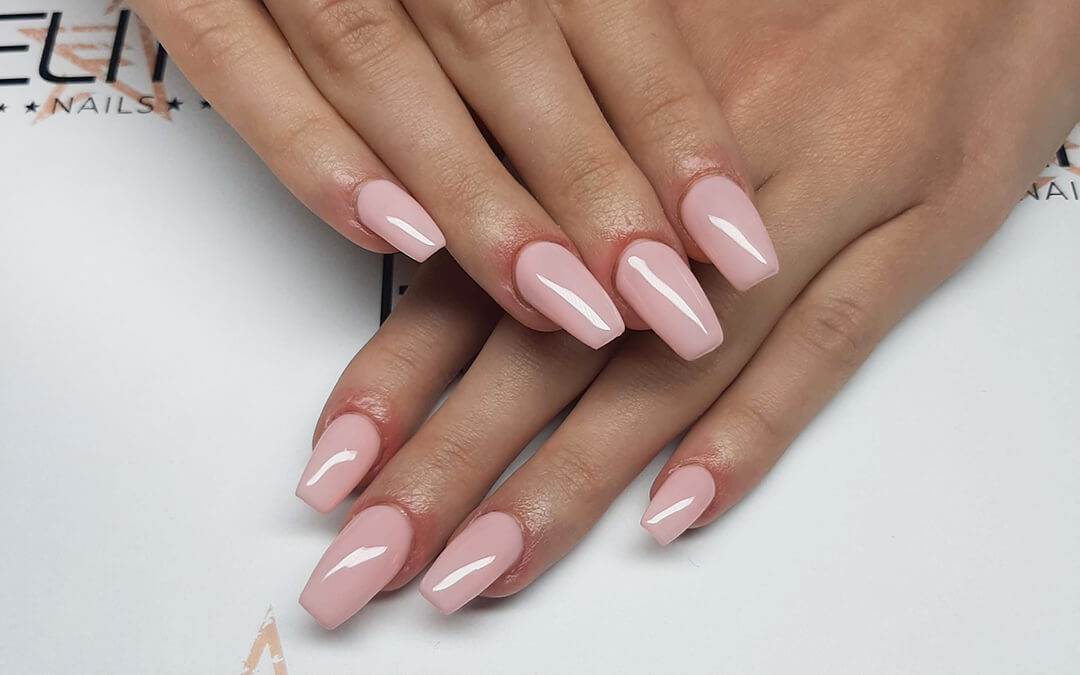
Why does artificial nails peel off?
Improper preparation is among the most common causes. For the proper adhesion it is extremely important that natural nails are cleaned of all kinds of dirt, grease and oils, and are applied with nail primer liquids. If these steps are missed, the artificial nail will peel more easily from the nails.
Why do artificial nails break off?
In the case of artificial nails, on the one hand, thoroughness on the part of the nail specialist is important, as a poorly constructed artificial nail can easily break off from a small blow. On the other hand, caution and proper use on the part of the guest are also important. If you’re wondering what are the the reasons for the breaking off of artificial nails, read my previous post about the topic:
What dissolves artificial nail glue?
About the topic of dissolving artificial nail glue you can read about in this post:
Why do artificial nails fall off?
The falling off of artificial nails is usually caused by aeration. Aeration occurs when artificial nails are not properly fluffed everywhere on natural nails, especially near the nail bed. In this case, the material comes in contact with the cuticle or adherent skin and this causes aeration.
How do I avoid falling my artificial nails off?
There can be several reasons for the detachment of artificial nails. In order to prevent this, it is necessary to strive for precise and accurate work during the preparation, the use of quality raw materials, to follow the preparation processes, and it is also important for the wearer to use them properly and to be careful.
Weak and thinner nails can have problems with adhesion, so it is recommended to choose a reinforced, gel artificial nail. It is also important not to chew your nails or to make sure that the artificial nails do not touch the skin or the nail bed during preparation.

How can I get rid of my outgrown artificial nails?
The professional removal of the artificial nail is done with a sander machine and a file.
There are two most common ways to remove outgrown artificial nails at home: one is filing and the other is soaking. It is important that the gel artificial nail cannot be soaked with acetone, so only filing can be applied here.
During filing, gently file the upper layers of the artificial nail first, then as we approach the natural nails, switch to increasingly finer, softer files. Be careful not to injure your own nails! At the end of the filing process, use a buffer and skin care oil.
For acrylic artificial nails, the other solution is soaking in acetone. Here, too, it is necessary to file the upper layers and shorten the artificial nail. After filing, the nails are soaked in acetone-containing tip solvent for 5-10 minutes, or the nails are wrapped in cotton ball soaked in tip solvent for 10-20 minutes. The acetone softens the artificial nail and easily removes the remaining material from the nail with a buffer and a cuticle pusher.
Do you want to know how I build artificial nails? Check out my work or learn more about my artificial nail building service in Budapest!
How to remove artificial nail glue from our dress?
If artificial nail glue gets on your clothes, first scrape off the upper layers of glue and wipe the stain with a cloth soaked in acetone. Then soak the cloth in warm water with a prewash stain remover and wash at high temperature.
What should I do with my detached artificial nails?
The best solution in this case is to contact a professional for repair. If the artificial nail is detached, do not stretch or snap it under any circumstances, as this may damage the nail plate, which may cause the nails to thin and become fragmented! If you want to remove artificial nails at home, you can do so by filing or soaking in acetone.
What should I do if my artificial nails are broken?
In the case of broken artificial nails, it is also recommended to consult a nail specialist. If the artificial nail is built, there is still room for repair, as opposed to the typical artificial nail, because in this case a new tip must be glued and decorated. Do not tighten the broken artificial nail, it can be rounded with a careful file. For home removal, filing and acetone soaking is recommended.
What does the tip number of artificial nails mean?
The tip number of the artificial nail refers to the size of the tip, from the lower corner point of the natural nail to the lower corner point of the other. The artificial nail tip should always fit exactly on the natural nail, otherwise the gluing will not be proper, resulting in easier chipping.
What to do after gluing artificial nails?
After gluing the artificial nail, you need to work the tip together with your own nail. We can do this with a buffer. Perform this operation gently and carefully so as not to damage the nail bed or the gluing of the tip. Work with the buffer until there is no level difference between your own nail and the tip, meaning it is not visible where the artificial nail starts.
What not to do with artificial nails?
If you wear artificial nails, caution is important because if you don’t pay attention, you can easily reduce the durability of your artificial nails. If you use your hands a lot in your workplace, you may want to choose a shorter, rounded shape.
Make sure that you always wear rubber or gardening gloves when working at home, cleaning or gardening to avoid damaging or breaking the artificial nail. Chemicals used for cleaning can damage the artificial nail, which can shorten its durability. During gardening, there is a high chance that the artificial nail will be damaged or detached due to scraping or digging. Avoid using objects that require scratching or stretching, such as opening canned soft drinks.
Why does my homemade artificial nail fall off?
The most common reason for a home-made artificial nail to fall off is to skip the preparation process. Failure to do so will leave the nail greasy and dirty, which will prevent proper adhesion, which can cause the nail to become airy and bubbly during construction, affecting its durability.
Another common cause is the thickness of the smeared layers, which cannot bind or dry properly, causing the artificial nail to peel off and fall off.
The third cause is aeration, which occurs when the artificial nail is built on the skin or cuticle. Due to aeration, the artificial nail bubbles and detaches.
For best results, it is advisable to consult an artificial nail specialist, as an artificial nail made with the knowledge and experience of a professional is very difficult to reproduce at home.

Why does my nail hurt under my artificial nails?
The most common cause is over-filing during preparation. If the nail plate is filed too roughly, it can be damaged, the nails can become thinner and weaker, causing pain.
It can also occur with tip artificial nails, in which case the size of the glue or tip is not appropriate, which can stretch the nail.
Why is my artificial nail not durable?
Artificial nails are not durable if the adhesion, which develops in the absence of proper cleaning and preparation, is not perfect. If the artificial nail does not adhere properly to the nail plate, it will soon separate from the nail and fall off. A similar problem and cause is aeration when artificial nails are placed on the skin, resulting in air getting under the artificial nails.
It is also a common reason for the artificial nail to be built too thick, which makes it easier for the natural nail to break off or come off.
If the nail is too weak, fragmented or thin, there may be problems with adhesion. In this case, taking nail-strengthening vitamins is recommended.
Why are acrylic artificial nails not durable?
Basically, the main reason here too is that the preparation is inadequate. Alternatively, the ratio of liquid to acrylic powder may not be appropriate. Furthermore, if it is not skillfully made, its durability is reduced as it is also more difficult to make and machine.
Why does my artificial nail stick?
On the surface of gel-binding or UV light-binding materials, a sticky layer is usually formed after curing, which can be fixed smoothly with a fiber-free wipe and fixing liquid.
These were the frequently asked questions about artificial nails. If you want artificial nails made of quality raw materials and guaranteed to last, register at me online in just 1 minute! I look forward to seeing you at Elite Nails in Budapest!
